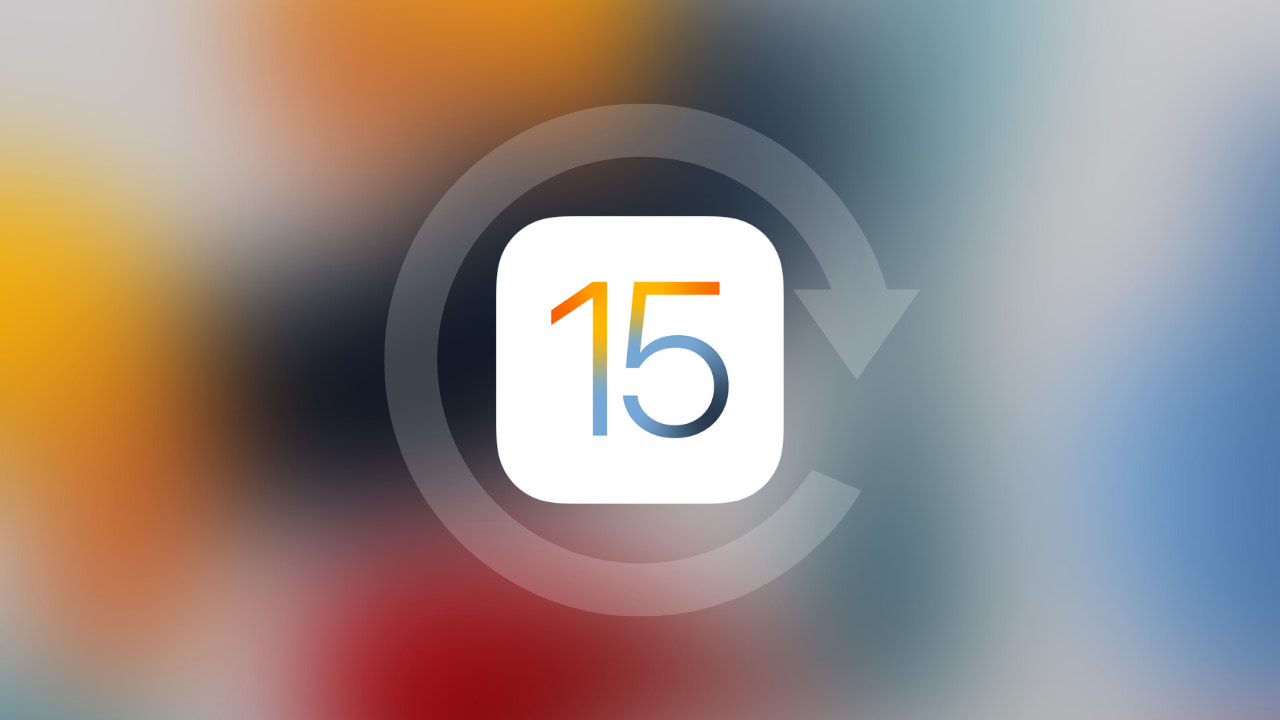Apple released iOS & iPadOS 15.0.1 on October 1st, marking the first update to the company’s new mobile operating systems with bug fixes. Notably, this update resolved a problem with Unlock with Apple Watch not working correctly with the brand-new iPhone 13 lineup – an exceptionally valuable feature amid a raging pandemic in which mask-wearing has become a common sight.
Now that some time has passed since Apple released iOS & iPadOS 15.0.1, it’s no surprise to see that Apple is closing the signing window for the original iOS & iPadOS 15.0 firmware that launched to the general public just two weeks prior.
After Apple stops signing a firmware, as they’ve now done with iOS & iPadOS 15.0, neither Finder nor iTunes will readily downgrade an iPhone or iPad to that version of iOS or iPadOS. That’s because Finder and iTunes contact Apple’s signing server to determine whether that version of iOS or iPadOS is signed. If it’s not, then users are prompted to update their firmware when restoring rather than installing the older firmware.

While Finder and iTunes might not readily install unsigned versions of iOS or iPadOS, there are workarounds. For example, saving .shsh2 blobs when a particular version of iOS or iPadOS is being signed and then using the futurerestore utility can forcefully install an unsigned firmware on a supported device.
Apple regularly stops signing older versions of iOS & iPadOS because it wants its user base to use the latest version(s) of its mobile operating systems for iPhone and iPad. In doing so, the company behaves like quality control to ensure that its users are protected by the latest security patches and simultaneously taking advantage of all the latest features and bug fixes.
Apple’s push to reduce firmware downgrades and increase firmware upgrades also pumps up the company’s firmware update adoption numbers, which pleases shareholders.
Apple has been called out time and time again about the company’s firmware-signing shenanigans by those who think users should have the choice to install any version of iOS or iPadOS they want on a device they own. At iDownloadBlog, we couldn’t agree more.
Perhaps the most common reason why people would want to downgrade their iPhone or iPad’s firmware is to jailbreak the device, as most jailbreak tools utilize software exploits present in older versions of iOS or iPadOS that are later patched in software updates by Apple. Still, jailbreaking isn’t the only reason why someone might want to downgrade their firmware.
Firmware downgrades come up when Apple releases a buggy software update too. Some of the most recent examples include: 1) iOS 15.0, which prevented many new iPhone buyers from unlocking their handset with a securely paired Apple Watch; 2) iOS 14.7, which broke the ability to unlock a securely paired Apple Watch with Touch ID-equipped handsets; and 3) iOS 13.2, which imposed overly aggressive backgrounded app management.
While Apple eventually patched all the issues above with subsequent software updates, many iPhone and iPad users sought temporary refuge while waiting for said software update by simply restoring their device back to the previous version of iOS or iPadOS.
If you ever find yourself wondering what version(s) of iOS or iPadOS are being signed for your iPhone or iPad, then you can head over to the useful online IPSW.me utility and click on your device to find out. You can also take advantage of our Downloads page to download whatever firmware file you may need.
Are you sad that iOS & iPadOS 15.0 aren’t being signed anymore? Let us know in the comments section below.